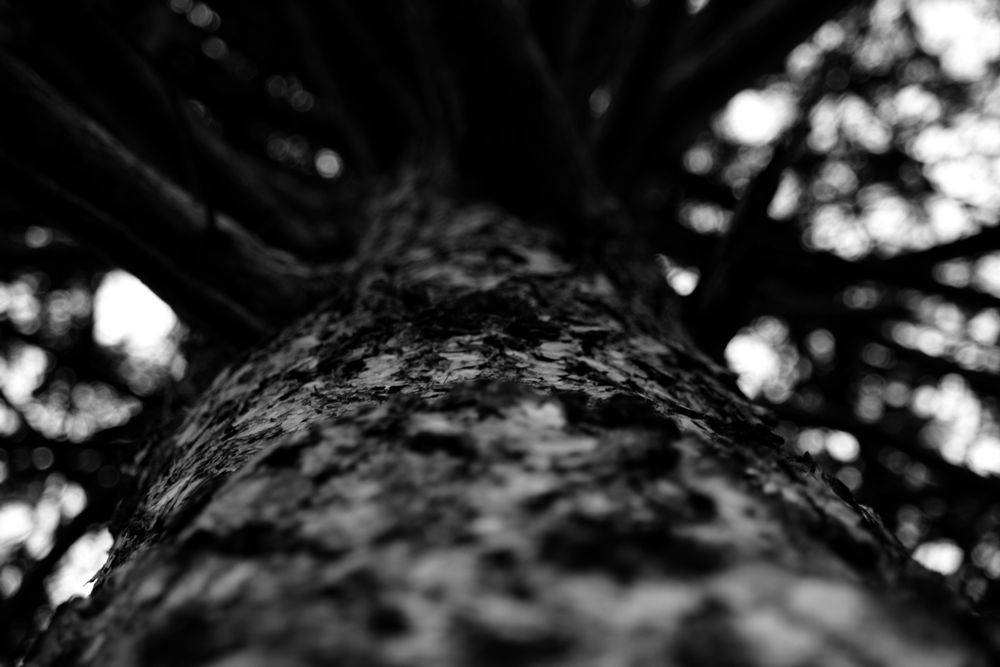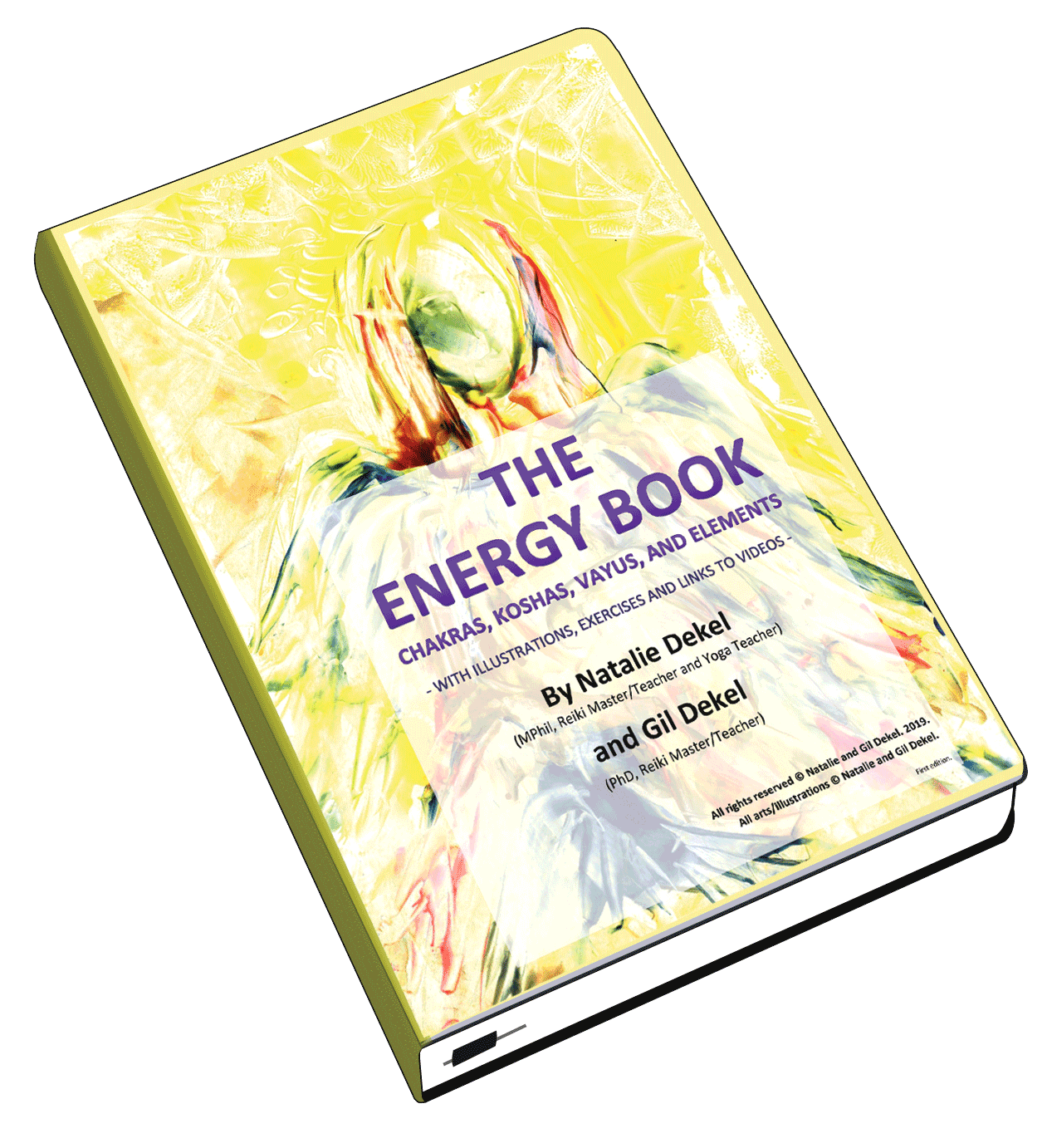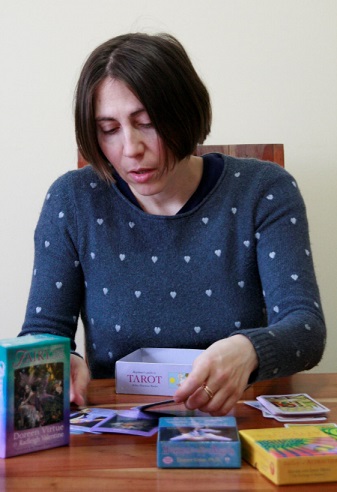by Natalie Dekel, MPhil.
Today (13 Feb 2009) I woke up at 4 o’clock in the morning and had time to observe the dreams I just had… I dreamt about the materiality of dreams themselves…
I came to see that in dreams we create situations like theatre stages on which we can perform. These performances are staged inside our dreaming-minds so that we can enact and practice some situations in a reality-like setup. As we practice in this safe dream-space, we call upon certain personalities and people for the purpose of exchanging information or just having a talk.
For instance, if one wishes to meet someone who lives far from them, or to meet someone who has passed away, they can do so in a dream. We create dream-environments so that even though they may not make sense to the mind (logic) still they generate a sense of familiarity. The dream-situation creates a sense of familiarity and safety; a comfortable space for people to accept our invitation and join us in our dreams.
A safe environment also allows our own mind to be settled and at ease, so that it can work to the best of its abilities in this alternative consciousness of being. Outside dreams, if we were to set ourselves free in a place with no concepts of time or space, our minds would not be able to grasp the scene and would go into a survival mode where rejection and panic. Dreams, on the other hand, are made in such way that we can find an easy access for ourselves and others.
I saw people appearing in a particular context-dream, and then disappear or rather dissolve into another dream-scene, once the chat was concluded and the messages were delivered.
I saw how dreams metamorphose from one to another. It felt as if these ‘dreamlands’ hold a living breathing quality to them that creates continuity from one part of itself into a new part of itself. This dreamland materiality acts as one small space of ‘reality’ where a certain level of vibrations of energy enables us to communicate with each other. We focus on these certain levels of communications for the purpose of learning and evolving. Once we learn a message and evolve, we then leave that particular dream-scene, and enter a new one.
I presume that all realities follow the same pattern of movement, even when we do not dream. There is also a link between the dream world and the world of being awake. Everything seems to be in a continual motion, and when something moves into the physical reality as we know it, it seems to solidify itself into an unmovable or silent material that we can grasp or identify with in our mind. Dream-reality is one type of vibration that we grasp while we experience alternative state of being (asleep). The daily-reality is another type, which we grasp when we are awake.
We can learn to tune out of our known time/space reality into the neutral perception of dreamscape where the fluidity of materials can take us into magical worlds and images. Through meditation practice and even in moments of daydreaming (which many people argue is like meditation) we can enter a state of bliss consciousness. Then we can experience anything we wish to experience, and having the experience we can then tune back to our reality, with its ‘stable’ and ‘unmoving’ materials.
Sometimes the dreamscapes can be scary. However this is also a part of the experience that we are trying to achieve, in the safe realm of being dreaming. In a dream you cannot die and if your body dies you still hold the sense of you being a spirit that continues to exist with a consciousness. Hence, one can experience both sides of being (alive and after-alive) with no traumatic effect on the sleeping body.
Dreams are like a safe-mode game of experiencing Being in a way that would be limited or compromised in a physical form.
6 March 2013.
© Natalie Dekel.



 - Reading with Natalie, book here...
- Reading with Natalie, book here...